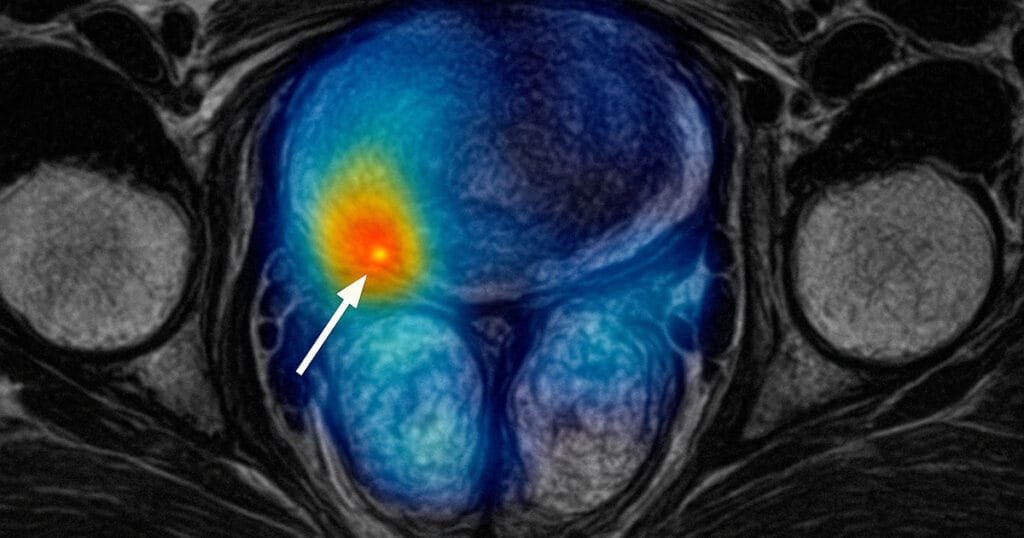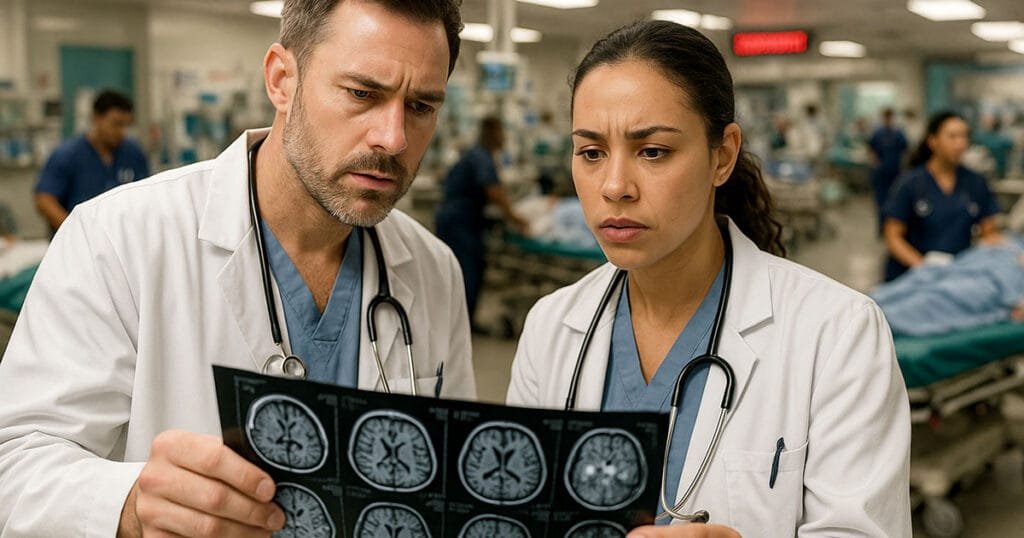TL;DR
Britain’s £225 million Isambard-AI supercomputer and regulated AI chatbots can cut NHS waiting lists by training diagnostic models faster and delivering 24/7 mental health therapy whilst maintaining strict patient safety controls.
Britain’s NHS faces 7.8 million people on waiting lists. Traditional solutions like hiring more doctors take years to implement. The £225 million Isambard-AI supercomputer went live this month with 5,448 Nvidia chips delivering 21 exaflops of processing power for training medical AI models.
The Bristol facility already trains AI for prostate cancer screening and drug discovery at unprecedented speed. Meanwhile, the Medicines and Healthcare products Regulatory Agency (MHRA) has updated medical device regulations to cover AI chatbots providing cognitive behavioural therapy for anxiety and depression. AI offers shortcuts: algorithms read scans faster than radiologists, chatbots deliver therapy around the clock, and supercomputers train models using NHS data rather than foreign cloud services.

How will Isambard-AI reshape NHS capacity?
The Isambard-AI supercomputer transforms NHS capacity by training diagnostic AI models in weeks instead of months, enabling faster cancer screening and automated triage.
University College London uses the Bristol facility to develop scalable AI for prostate cancer MRI screening. This system speeds diagnoses by processing medical imaging data at unprecedented rates. Instead of patients waiting weeks for scan results, AI-powered triage spots diseases earlier and reduces specialist bottlenecks.
The supercomputer enables training of “Nightingale AI“, a sovereign health foundation model built exclusively on NHS datasets. Researchers develop this multimodal system in weeks rather than months, unlocking new diagnostic tools and decision support systems to clear patient backlogs. A robust UK-trained model might power automated triage systems that free clinicians’ time, expanding NHS capacity without equivalent staff expansion.
Phase 1 launched with 168 GPUs supporting around 60 pilot projects by summer 2024. Phase 2 scaled to all 5,448 GPUs by July 2025, an under-24-month deployment unprecedented for this class of supercomputer. Access is managed jointly by DSIT and UKRI, prioritising NHS, academic and startup usage.
Plans connect Isambard with Cambridge’s “Dawn” supercomputer into regional AI infrastructure. These distributed compute hubs give NHS projects across England a backbone to train AI models locally. Hospitals from London to Leeds can adopt AI solutions without waiting on external cloud providers.
Public supercomputing infrastructure enables NHS-wide AI development whilst maintaining data sovereignty.

Can safety-first AI governance keep pace with innovation?
UK regulators are updating medical device rules for AI whilst creating safety institutes and procurement safeguards, but rapid innovation tests their capacity to prevent harmful deployments.
The MHRA has outlined a strategic approach to AI, emphasising “risk-proportionate regulation” through five principles: safety, robustness, transparency, fairness, and accountability. Any AI used on NHS patients must meet rigorous evidence standards and obtain regulatory approval, similar to that required for drugs or medical devices. The agency implements an updated approval pathway that considers the unique risks of algorithms, including bias and drift.
The government created an AI Safety Institute to test advanced systems and identify dangers like biased outputs, privacy leaks, or unpredictable behaviours. Though not a regulator, the Institute collaborates with MHRA and NHS Digital, providing independent audits before deployment. It stress-tests diagnostic AI on diverse NHS data to reveal biases prior to rollout.
New NHS rules under the Provider Selection Regime 2024 give health authorities flexibility to partner with innovative AI vendors whilst requiring rigorous due diligence. Trusts must vet algorithms for fairness and clinical validity. NHS England’s guidance warns that AI tools carry “high potential for bias,” so providers must maintain safety cases and human oversight.
The MHRA develops an AI incident reporting system so adverse events involving AI in care are logged and investigated promptly. This addresses past failures like an eating-disorder chatbot pulled offline in 2023 after giving dangerous advice.
UK regulators balance innovation speed with patient safety through updated rules and oversight systems.

Where can chatbots actually cut mental-health waits?
NHS pilots of cognitive behavioural therapy chatbots show promising results in bridging gaps for patients on waiting lists whilst maintaining safety protocols for escalation to human therapists.
The NHS is experimenting with CBT chatbots like Wysa in £1 million trials for patients awaiting traditional talk therapy. Over six weeks, these chatbots guide users through evidence-based exercises, including mood tracking, breathing techniques, and thought reframing. Crucially, they detect worsening mental health and flag users for urgent clinician follow-up.
Early results suggest such chatbots can improve symptoms during waits and reduce drop-offs by keeping people engaged. If successful, AI companions could cut mild-to-moderate mental health waits by providing immediate 24/7 support at low cost, freeing human therapists for complex cases.
Evidence builds for efficacy. A 2025 study in NEJM AI reported the first randomised controlled trial showing generative AI chatbots significantly improved major depression and anxiety symptoms within two months. Users’ scores on standard scales dropped more than those of the control groups, underpinning NHS confidence in digital tools.
NICE now expects chatbot developers to provide randomised trial data. Its Digital Health Assessment Framework requires controlled trial evidence and CE marking for high-risk mental health treatments. The NHS already adopted NICE-recommended Sleepio for insomnia as an effective, cost-saving alternative to sleeping pills.
Experts caution that AI cannot fully replace human therapists but handles structured activities well. NHS implementations utilise blended care models, where chatbots conduct initial screening and skills training, and then humans step in for more in-depth therapy or when the AI flags a risk.
Digital CBT chatbots enhance NHS mental health capacity by providing 24/7 support and human oversight.

What does public–private collaboration mean for scaling?
Government grants de-risk early AI development for private investors whilst creating pathways for startups to navigate NHS procurement and achieve system-wide deployment.
Through NHSX’s AI Lab and Innovate UK, over £123 million has flowed into 86 AI health technologies via the AI in Health and Care Awards. Public funds cover clinical trials, NHS integration work, and regulatory approval processes that venture capital often avoids due to long timelines. Once AI tools gain NHS validation, private investors will gain confidence for scaling.
Success stories demonstrate this pipeline. Kheiron Medical’s breast cancer AI (Mia) underwent NHS-funded trials and is now rolling out across 16 hospitals, having shown the ability to catch early-stage cancers that clinicians missed, while reducing radiologist workload by 30-45%. Skin Analytics‘ dermatology AI similarly progressed from NHS pilots to being live in 16 trusts, speeding referrals by triaging suspicious versus benign moles.
Public collaboration embraces open science for collective benefit. The BritLLM project trained a language model on public datasets, including Welsh content for UK government needs. The Nightingale health model will be trained on NHS data and made available as a national asset. By investing in sovereign AI models, the NHS can adapt and reuse them freely without incurring costs from overseas vendors.
Challenges remain in scaling pilots to full deployment. Programs like the NHS AI Lab’s Accelerator help startups navigate procurement and patient pathway integration. New procurement rules encourage partnerships with SMEs by focusing on outcomes rather than the lowest cost. The NHS provides routes for rapid scale-up once evidence is clear.
Government funding and procurement pathways enable AI startups to scale NHS-proven solutions nationwide.




